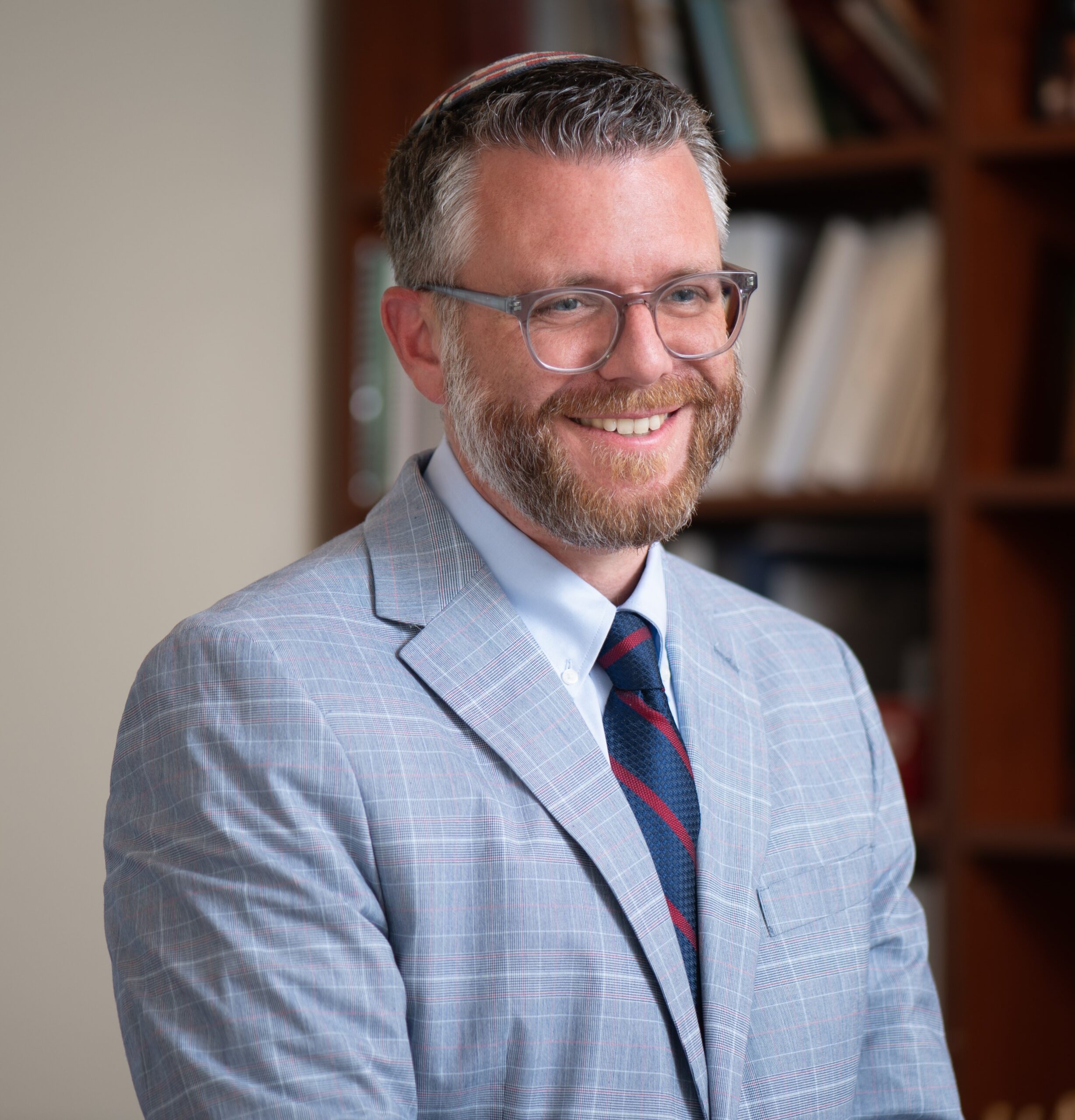Clay in the Potter’s Hand

Several years back, my wife and I took a summer vacation on Block Island, a 17-mile sanctuary of beaches, water, and biking off the southern coast of Rhode Island. We checked into a lovely bed and breakfast and made our way down the path towards our secluded beach cottage. The room was tiny, but a mere walk from the beach.
Before dinner, I absently flipped through the pages of the quaint guestbook on the dresser, finding brief greetings from couples celebrating weddings and anniversaries, young families exploring the Island, and other visitors. But I was drawn to one page, upon which a guest named Lois had written:
Surrounded by water
Blessed by nature’s bounty
Shaped by the Earth’s great potter,
Peace for all by the sea.
Reading these words, I was mentally transported through time and space to Kol Nidrei night, to the solemnity of the Selihot section of the liturgy—the extended prayers for forgiveness appended to the formal evening service. There, nestled among various piyyutim (liturgical poems), lies a poem of unknown authorship that begins Ki hinei ka-homer be-yad ha-yotzer—like clay in the potter’s hand.
The central metaphor of this poem is of God as the master artisan, who uses the raw materials of humanity to shape the world and each person in it. Like clay, stone, iron, glass, cloth, and silver, we are at the mercy of the artist who molds us, hews us, shapes us, melts us, drapes us, refines us.
The famous opening line and image are drawn from the Book of Jeremiah, where God instructs the prophet to visit a potter working at the wheel. Jeremiah observes how, when a vessel is ruined, the potter simply shapes it into something else as he sees fit. The divine word then comes to him: “O House of Israel, can I not deal with you like this potter?—says the Lord. Just like clay in the hands of the potter, so are you in My hands, O House of Israel!” (Jeremiah 18:6). In their original context, these words are meant as a stern warning to the people: God decides which nations are built up and planted, and which nations are uprooted and destroyed; only fealty to God’s commandments will ensure that the covenant is preserved.
On Yom Kippur, we turn this metaphor on its head. Instead of a threat about the power in the hands of the artisan, the image is recast as a plea from the lowly raw materials themselves. We, the penitent petitioners, admit that we are powerless in the face of God’s omnipotence, and yet we hope that God will nonetheless see the inherent potential in all of us—not in who we are now, but in who we hope to become.
The poem’s refrain is powerful as well: La-berit habeit ve’al teifen la-yetzer—Look to the covenant; do not turn towards the Accuser. Here, and perhaps in an air of desperation, the Jewish people are pressing God to remember the covenant, the promise made first to our forefathers and foremothers, then later to the people Israel at Sinai, and turn away from the “accuser,” an angel who, in the rabbinic imagination, prosecutes the Jewish people for their failings.
This refrain is drawn from another biblical verse: “Look to the covenant! For the dark places of the land are full of the haunts of lawlessness” (Psalm 74:20). In echoing this line from the Psalmist, the poet is imploring God, the artisan, to remember the promise made to the raw materials, the People Israel. Remember how you promised to make us a treasured nation? How you told us that if we followed Your commandments, you would remain faithful to us? Well, here we are on Yom Kippur, trying our best to be like angels—wearing white; refraining from food, drink, and physical intimacy; and gathering in sacred reflection of our faithful covenant to You, God; so please remember us for good. Remember us for life.
This concept, that God should forget the iniquities of the Jewish people on Yom Kippur due to our observable piety on this day, is reflected in a midrash:
“Sin crouches at the door” (Genesis 4:7) . . . Elijah said to [HaSatan, the Accuser]: Satan has no jurisdiction to prosecute on Yom Kippur. From where do we learn this? Rami bar Hama said: the numerological value of HaSatan (השטן) is 364 (hey = 5; sin = 300; tet = 9; nun = 50). 364 days of the year, he has license to prosecute, but on one day of the year—Yom Kippur—he has no jurisdiction.”
Babylonian Talmud Yoma 20a
The message of this midrash and of our piyyut are one and the same. It is too easy to surrender to our helplessness in the face of the Almighty. We are but clay, glass, and cloth in the hand of the artisan, and it is God’s will that will determine our fate. But we are not merely clay, merely glass, merely cloth; for we have agency. We have a role to play in this drama. Unlike raw materials, we can fulfil our potential not only through the work of the Artisan’s hands, but through our own lives and choices as well. By choosing to follow the commandments, by choosing to preserve Jewish ritual, and yes, by choosing to gather in shul on Yom Kippur, we demonstrate to God that we are not merely beings of crude substance, but that we have a spiritual import that is integral to the success of the covenant itself.
By living lives of mitzvot, morals, and meaning, in partnership with God, we unlock the power of our truest potential as humans.



